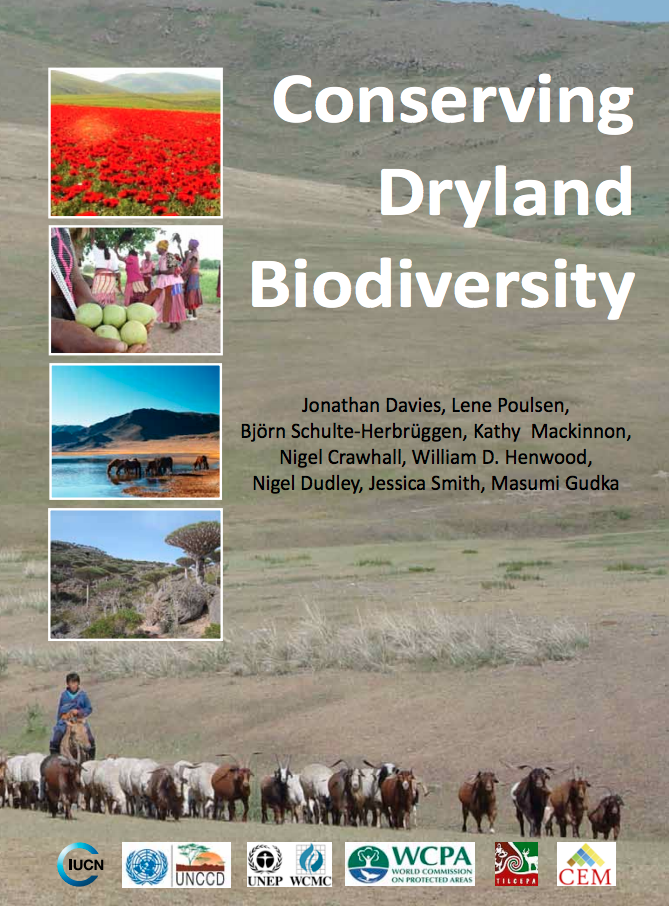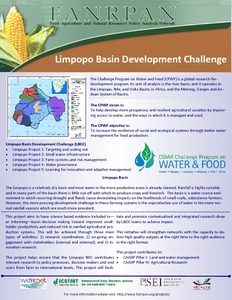Dooplaya Interview: Saw Ca---, September 2011
This report contains the full transcript of an interview conducted by a KHRG researcher in September 2011. The villager interviewed Saw Ca---, a 45-year-old rubber, betelnut and durian plantation owner from Kawkareik Township, Dooplaya District, who described the survey of at least 167 acres of productive and established agricultural land belonging to 26 villagers for the expansion of a Tatmadaw camp, transport infrastructure, and the construction of houses for Tatmadaw soldiers' families.
Financing Dispossession - China’s Opium Substitution Programme in Northern Burma
Northern Burma’s borderlands have undergone dramatic changes in the last two decades. Three main and
interconnected developments are simultaneously taking place in Shan State and Kachin State: (1) the increase
in opium cultivation in Burma since 2006 after a decade of steady decline; (2) the increase at about the same
time in Chinese agricultural investments in northern Burma under China’s opium substitution programme,
especially in rubber; and (3) the related increase in dispossession of local communities’ land and livelihoods
Literature Review: SWOT Analysis of Bangladesh's Key Water Policy Documents
Water is one of the most critical problems in Bangladesh. The Government of Bangladesh (GoB) acknowledges water as a finite resource with tremendous importance for the environment and livelihoods in its National Water Policy (GoB, 1999). The National Water Policy provides a comprehensive policy framework for pressing water issues in Bangladesh such as river basin planning, water rights and allocation, delineation of public and private domains, water supply and sanitation, preservation of the natural environment and the developmental concerns of fisheries, navigation and agriculture.
Socioeconomic assessment of improved water management practices in Egypt’s irrigated agriculture
The objectives of this report are to evaluate and test, with community participation; the benchmark water management options which sustainably improve water productivity, net return per water unit, and optimize water use. The strategies evaluated have to be economically viable, socially acceptable, and environmentally sound in the three different agricultural eco-systems.
Conserving Dryland Biodiversity
Dryland biodiversity is of tremendous global importance, being central to the well-being and development of millions of people in developing countries. In June 2012, at the UN Conference on Sustainable Development (or “Rio+20”), global leaders from governments and civil society reaffirmed the intrinsic value of biological diversity and recognised the severity of global biodiversity loss and degradation of ecosystems. Although drylands were implicitly recognised, there continues to be inadequate attention to this major biome that covers such a vast part of our world’s terrestrial surface.
Limpopo Basin Development Challenge
Limpopo Basin
The Limpopo is a relatively dry basin and most water in the more productive areas is already claimed. Rainfall is highly variable and in many parts of the basin there is little run-off with which to produce crops and livestock. The basin is a water-scarce environment in which recurring drought and floods cause devastating impacts on the livelihoods of small-scale, subsistence farmers. However, the more pressing development challenge in these farming systems is the unproductive use of water in the more normal rainfall seasons which are much more prevalent.
Makonde Rural District Council (Communal and Resettlement Land) (Land Use and Conservation) By-laws, 2012 (S.I. 172 of 2012).
These By-laws, approved by the Minister in terms of section 90 of the Rural District Councils Act, shall apply to communal and resettlement land within the Makonde Rural District Council. They allow the Makonde Rural District Council to prepare a plan for- (a) all communal or resettlement land within the Council area; or (b) any ward or combination of wards in communal and resettlement land within the Council area; or (c) any part of award or wards in communal and resettlement land within the Council area. The By-laws set out the procedure for preparation and adoption of the Plan.
The Agricultural Sector in Cambodia: Trends, Processes and Disparities
The agricultural Sector in Cambodia still contributes the dominant quantity to the GDP. It is the most important source of income and rural livelihood for around 80% of the Cambodian population. Cambodia’s rural population faces new challenges like high population growth, embracing market economy and international private investment, nationwide food security and decreasing agricultural production conditions as a result of rapidly changing socio-economic conditions since 1990.
Food Security versus Food Sovereignty: Choice of Concept, Policies, and Classes in Vietnam’s Post-Reform Economy
This article discusses two important concepts of food security and food sovereignty in the context of Vietnam’s post-reform economy. It examines Vietnam’s persistent choice of the food security framework, its resulting policies and their implications. The article argues that the choice of food security framework has served to justify the promotion of industrial agriculture and international trade. While this model has led to increased food productivity, it failed to guarantee access to and quality of food, the other two important pillars of the food security framework.
Swidden, Rubber and Carbon: Can REDD+ work for people and the environment in Montane Mainland Southeast Asia?
Swidden (also called shifting cultivation) has long been the dominant farming system in Montane Mainland Southeast Asia (MMSEA). Today the ecological bounty of this region is threatened by the expansion of settled agriculture, including the proliferation of rubber plantations. In the current conception of REDD+, landscapes involving swidden qualify almost automatically for replacement by other land-use systems because swiddens are perceived to be degraded and inefficient with regard to carbon sequestration.
Turning Land into Capital, Turning People into Labor: Primitive Accumulation and the Arrival of Large-Scale Economic Land Concessions in the Lao People’s Democratic Republic
In recent years the Lao government has provided many foreign investors with large-scale economic land concessions to develop plantations. These concessions have resulted in significant alterations of landscapes and ecological processes, greatly reduced local access to resources through enclosing common areas, and ultimately leading to massive changes in the livelihoods of large numbers of mainly indigenous peoples living near these concessions.








